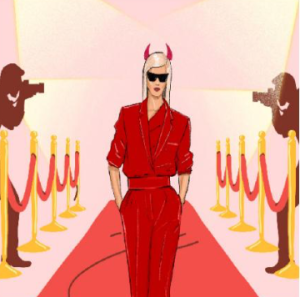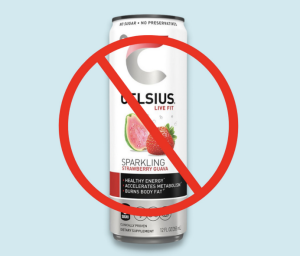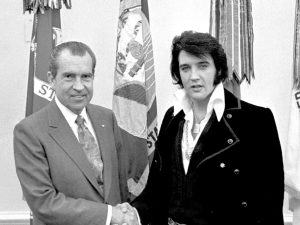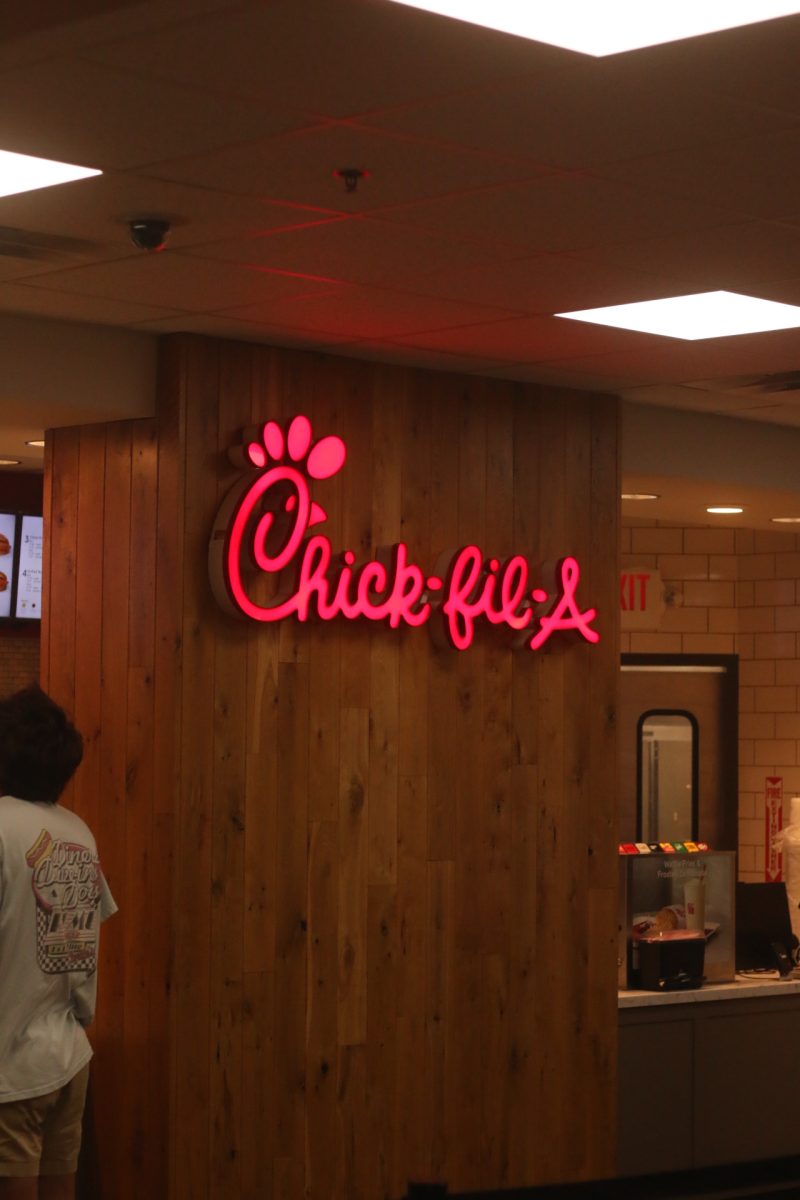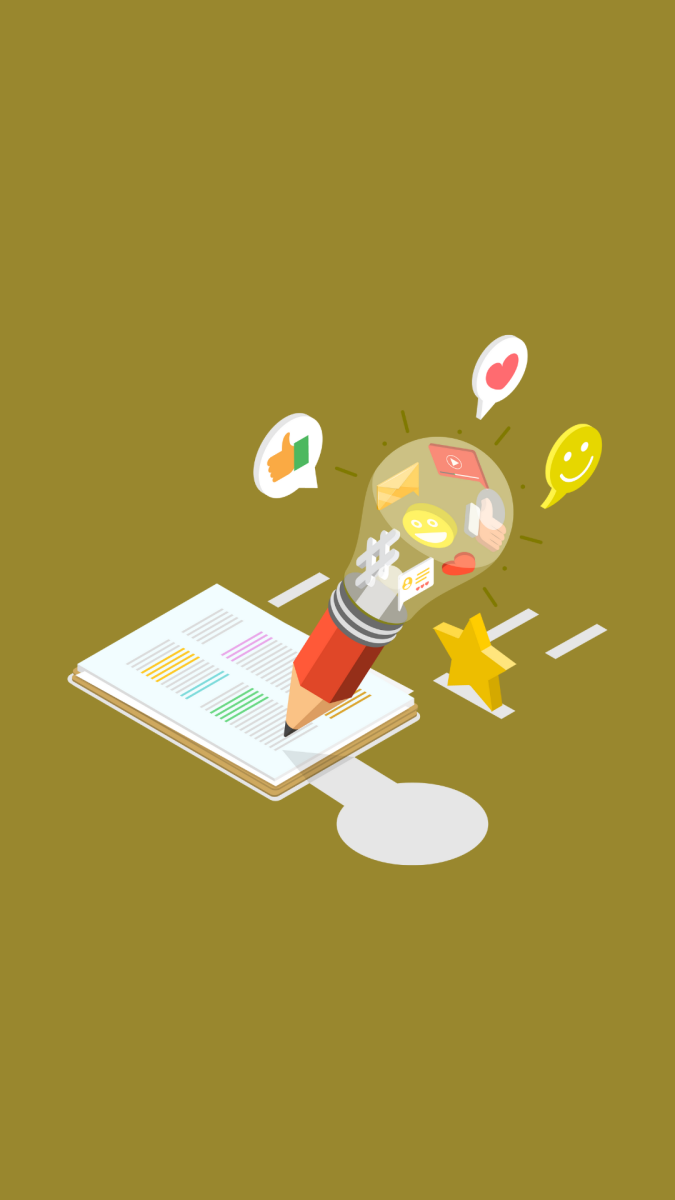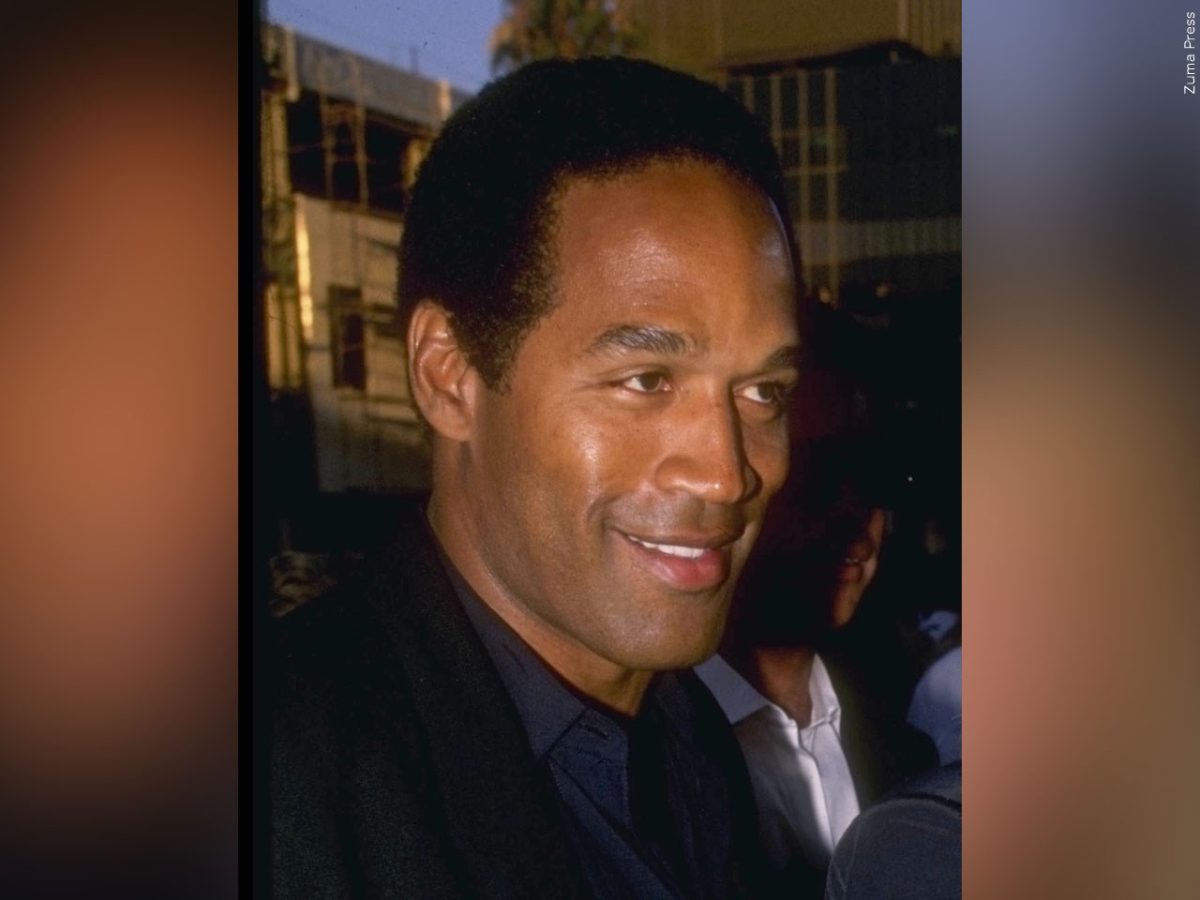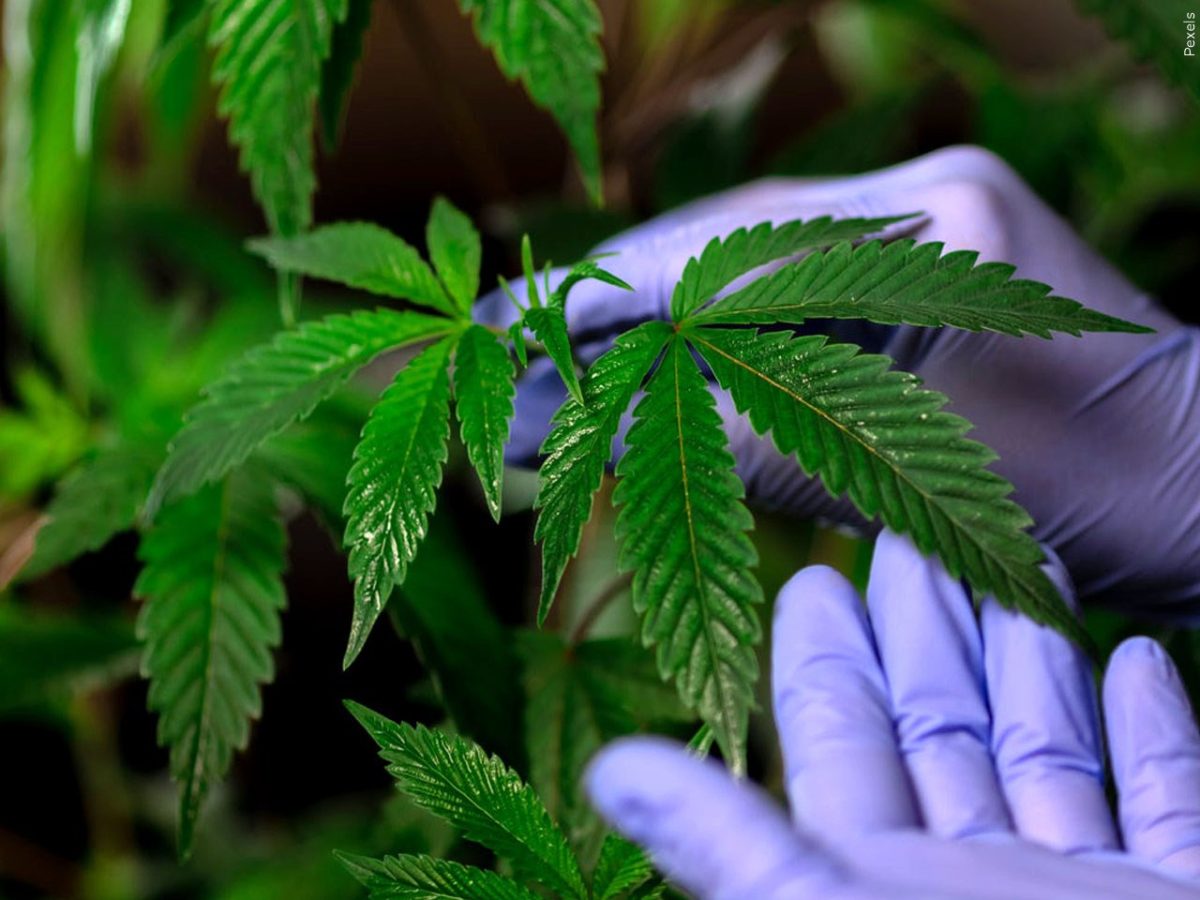Miss Nepal, Jane Dipika Garrett, is the first plus-sized woman to earn a top-20 spot at the annual Miss Universe pageant.
Garrett is a 23-year-old Nepali model and pageant competitor. She was born in the United States and lived there some as a girl before moving to Nepal. She first remembers watching Miss Universe in 2012, and in that moment, she realized her dream to enter the world of pageants.
However, Garrett’s road to pageantry has not mirrored that of her fellow competitors. As a girl, Garrett suffered from bullying as well as depression and anxiety. As a teenager, she never felt as skinny as the girls around her and felt that skinniness was something to aspire to.
Garrett has overcome struggles with anorexia and self-harm, but she still struggles with polycystic ovary syndrome, or PCOS. According to the World Health Organization, an estimated eight to 13% of women worldwide have PCOS, but around 70% of the affected women are undiagnosed.
PCOS can lead to irregular menstruation, ovarian cysts, hormonal imbalances and even infertility. Women with PCOS often struggle with physical symptoms, such as acne, hair thinning and weight gain. Due to an influx of testosterone in the body, it is also common for PCOS to cause increased body and facial hair growth. This range of symptoms and struggles can — and do — lead to increased anxiety, depression and poor body image for many of these women.
The past few years have presented a struggle for Garrett. During the COVID-19 lockdowns, she reportedly gained weight and suffered from recurring health issues. It was then that Garrett received her diagnosis of PCOS, an explanation for the weight struggles, body hair and even depression and anxiety.
In 2022, Garrett attempted to take her own life. In the hospital afterward, Garrett turned to religion, seeking out a greater power for solace.
“He told me that I have a purpose in life and that there’s a reason why I’m alive, and I’m here to inspire millions of people around the world to love themselves,” Garrett said in an interview with Business Insider. “Ever since then, I’ve transformed my entire life. It was a breaking point for me.”
Garrett completed nursing school and entered the Miss Universe Nepal pageant, which she won.
“For 72 years, Miss Universe was always the same-sized models,” Garrett said. “I hope that, after this breakthrough moment that I’ve done, other women are inspired to take that leap of faith, take that risk and be confident in their skin.”
Savoie Srodulski is a senior marketing major with experience in the pageant industry herself. She has competed on and off for over a decade, giving her the opportunity to see the pageant world change in areas such as inclusivity and diversity.
“Pageantry is a place for all women, no matter disability, size, ethnicity, race, etc.,” Srodulski said. “To be accepted and to showcase who they are, having inclusivity in the titleholders of those various pageant systems allows these little girls coming into pageantry to grow up believing that they could be in that position one day too.”
Inclusivity is also making its way into marketing and advertising. The last decade has seen an increase in plus-sized models and a wider variety of clothing sizes in stores.
“As a marketing major, I have seen firsthand the impacts that can be made through having a model or advertisement that represents a minority group of people,” Srodulski said. “Not only is it important to represent ethnicity and gender but all body sizes and those with disabilities as well. You never know who you’ll be creating a positive impact on through fully inclusive advertising.”
Bailey Parker, a junior English major, thinks that pageants show what men in society consider beauty in women.
“For example, seeing what woman looks best in a bikini and what talent can she perform?” Parker said. “I don’t think that showcases what women in society view as beautiful. I feel that there isn’t enough emphasis on different body types, and there’s not enough emphasis on what’s on the inside.”
Parker herself has struggled with body image and found herself equating skinny with beautiful.
“It’s due to glorifying petite figures versus curvy figures,” Parker said. “I have got insecure about my body weight based on the people in the magazines who don’t share what I look like. I think seeing a range of body types has helped me to feel more beautiful and has helped me to feel more secure in myself and who I am.”
“There’s nothing wrong with having curves or being a little lean,” said Isabella Dattilio, a senior chemistry major. “There’s nothing wrong with having a little leg; there’s nothing wrong with being really short; there’s nothing wrong with being a little stockier. As long as you’re nourishing your body, I think that is kind of the main thing.”
With Miss Nepal breaking down barriers in the pageant industry, Garrett truly has caught the attention of girls and women around the globe.




